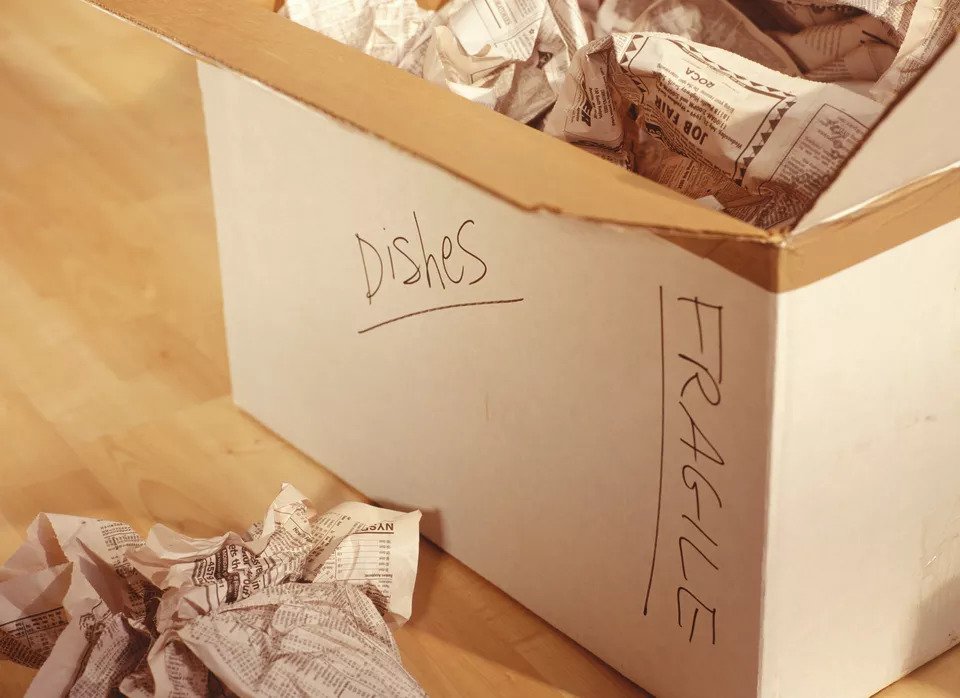
Preparing for a successful long-distance move, especially for a cross-country move, requires adequate planning. It is wise to consider enlisting the services of professional movers. A reliable long distance moving company will help make the move less of a hassle. However, you also have a significant part to play. It would help if you prepared to relocate, which means sorting your belongings and packing ahead of time.
Below are six packing tips that will ensure your start off on the right footing when preparing to move to your new home or office.
1. Consider your overall Cost to move Out of State
When you figure out how much will it cost to move out of state, it can give you a clearer picture of how much can you afford on packing costs. The first step is to get an estimate from a moving company. Once you have the estimate, make a list of your belongings and find out how much it would cost to move them. This will give you an accurate figure on the cost of your long-distance move.
2. Avoid Procrastinating
It is easy to overlook the essential things and let them slip onto the back burner when having a full to-do list feels overwhelming. However, putting off some things until the last minute is only a recipe for a stressful experience. Make sure you research for the best long distance moving companies in your area and book one as soon as possible. It is recommended to not to save the packing from cramming them into the last weekend or a day before moving. It would be best to come up with a packing schedule to ensure you have enough time to sort out what you are to take with you and the best way to pack.
You should start a few weeks before the date for relocating, and consider packing one or two boxes a day. Start with the stuff you least need for your daily routine. Remember to pace yourself, for it will allow you to be more organized and not feel overwhelmed. You can plan the packing so that you have a strategy guiding you on what to do and when. Map out your schedule from start to finish to know what you are to do and when. It also will help you know how far along you are as the moving day draws near.
3. Tackle Things Room-By-Room

You should ensure that the packing plan is based on a coordinated approach that focuses on one room to the next. It can be refined further to address individual sections and items in each room. As a result, you will minimize the chances of experiencing packing chaos and know how to tackle any specific areas of the home.
When you use this strategy, you will avoid mixing or losing times in the moving day’s hustle and bustle. If possible, consider wrapping or tagging each room’s stuff with color paper to know where each item is coming from before boxing everything up. Moreover, it will help you know where everything is supposed to go when you are unpacking.
4. Label Your Boxes
If you plan Once you are done with packing the contents of a room, you must label the boxes. Place a general description of the contents in the box and the room they are to go. Consider using colored markers, designated a specific hue for each room. It is a trick that will help the movers know the right place to put each box, and it gives you clarity when unpacking.
5. Pick Packing Paper Carefully

People tend to use old newspapers to wrap fragile items before boxing them up. The newspapers might seem sufficient, but they also can create more work. Some might transfer ink to the things they are covering, forcing you to do a bit of scrubbing after unpacking.
You can avoid this by sticking to white packing paper and then adding a color tag for easy identification. You can get the wrapping paper from the home improvement stores. Also, make sure what you pick does not flake, leaving tiny paper fragments on your stuff.
6. Do Not Skimp On Moving Boxes
You could cut costs by getting some boxes from the local grocery store cheaply or for free. But the boxes tend to have considerable wear and tear and lack the structural integrity needed to support the items you put in them. As such, you risk breaking some things. Furthermore, using boxes of varied sizes makes loading the truck a challenge.
Professional long distance movers are more experienced in determining the best way to pack and ensure everything fits. At times, the moving companies’ rates will charge you will also factor in the number of boxes you are taking with you. Therefore, keeping that number low is wise, and this can be achieved by getting creative with the packing to ensure a sizeable box can hold the maximum content possible.
7. Do Not Box Everything Up

You will not box some of your things. For instance, you will need essential documents and specific valuables close by. It would be best if you did not pack things, like your passport and birth certificates, that are hard to replace in a separate bag that you will have on you at all times. The same goes for your credit/debit cards and checkbook.
The larger items, some of which have an abstract form that cannot be packed in boxes, can be wrapped, labeled, and load on the moving truck. consider listing down everything that will not be boxed and know how many boxes you have packed for the move.




